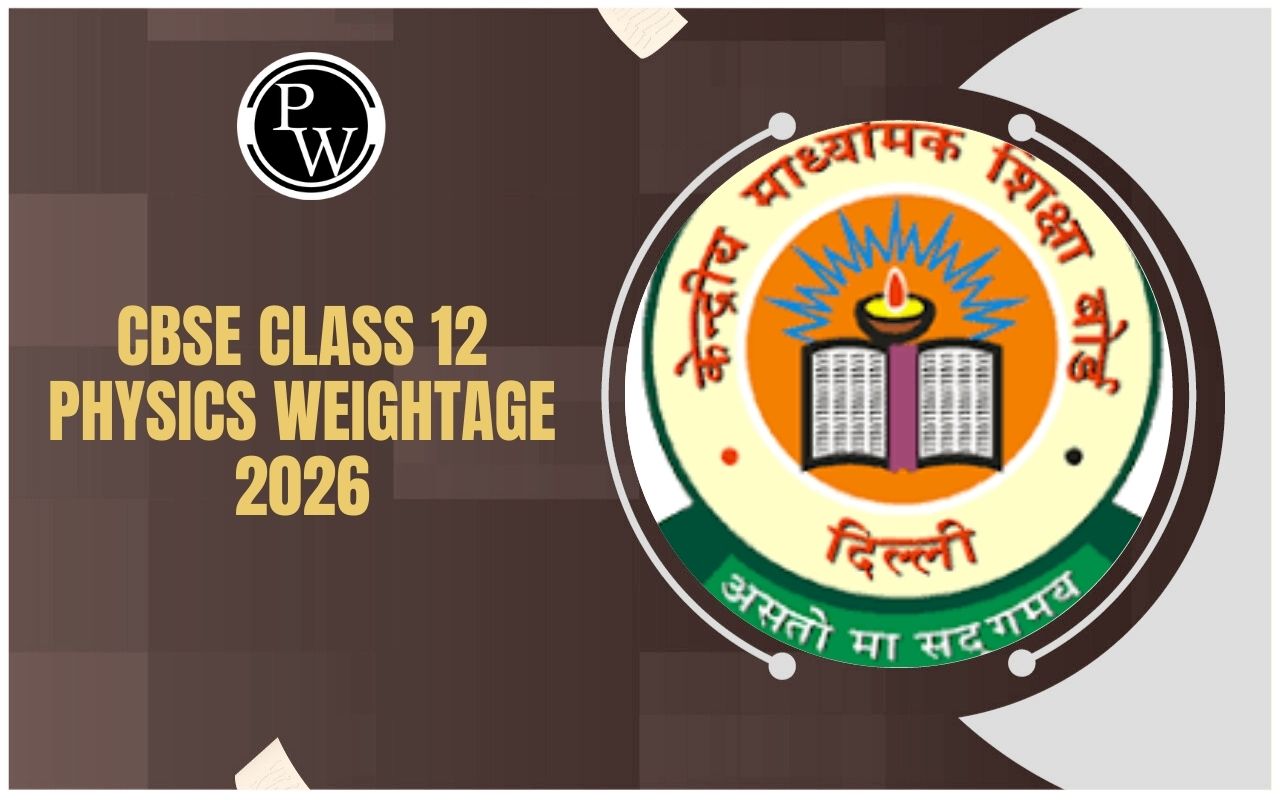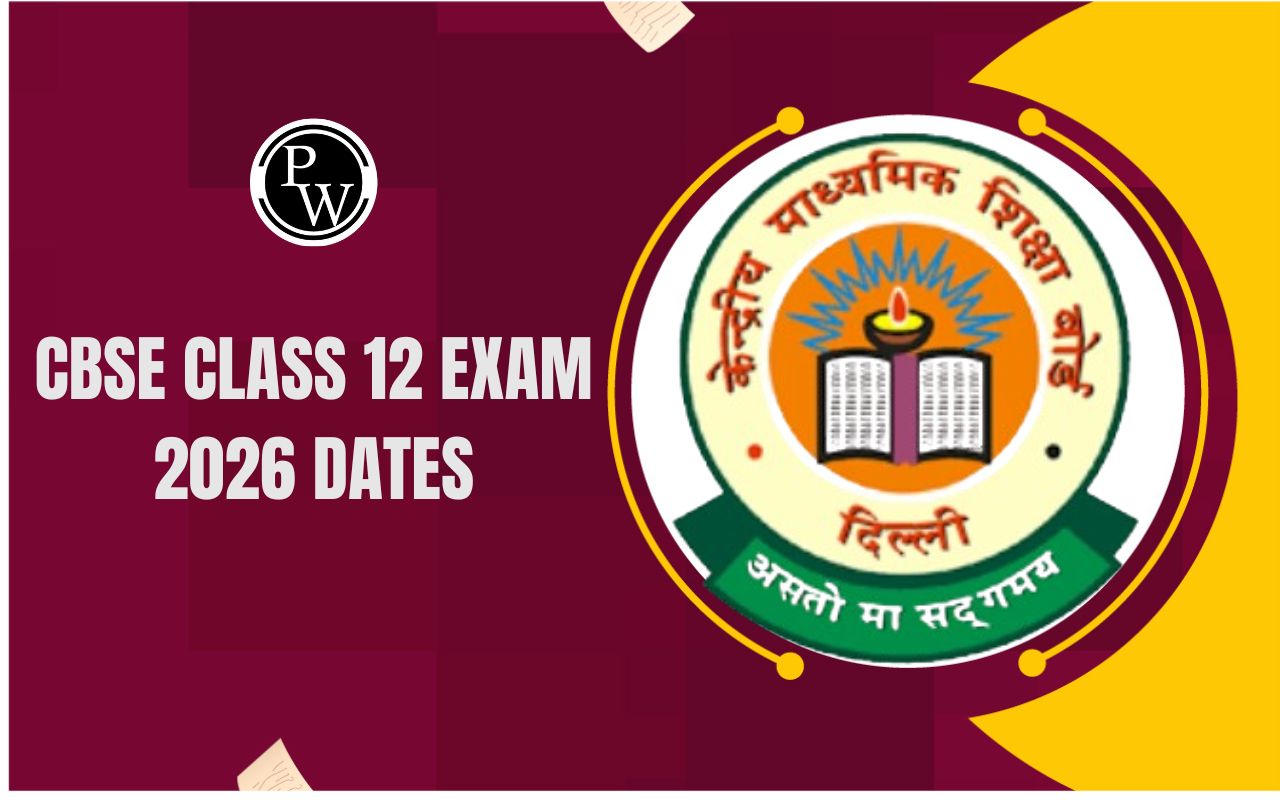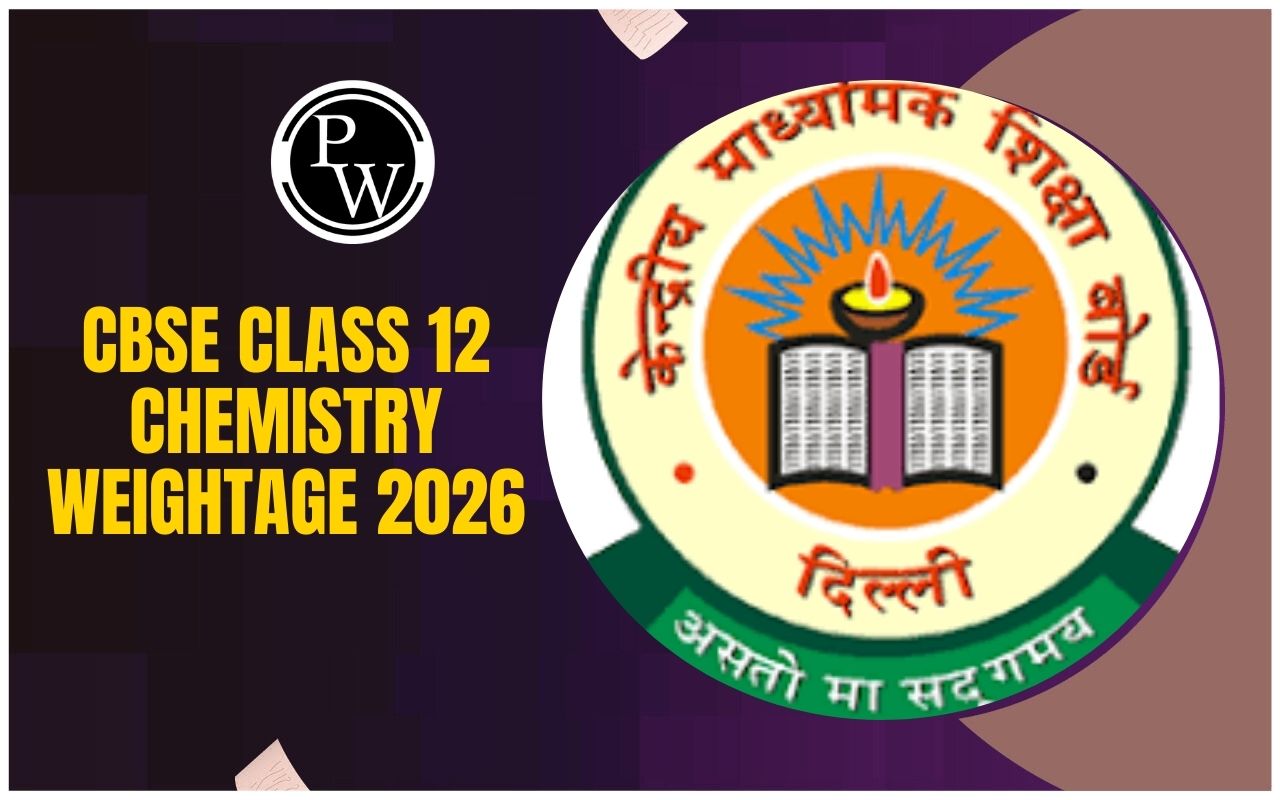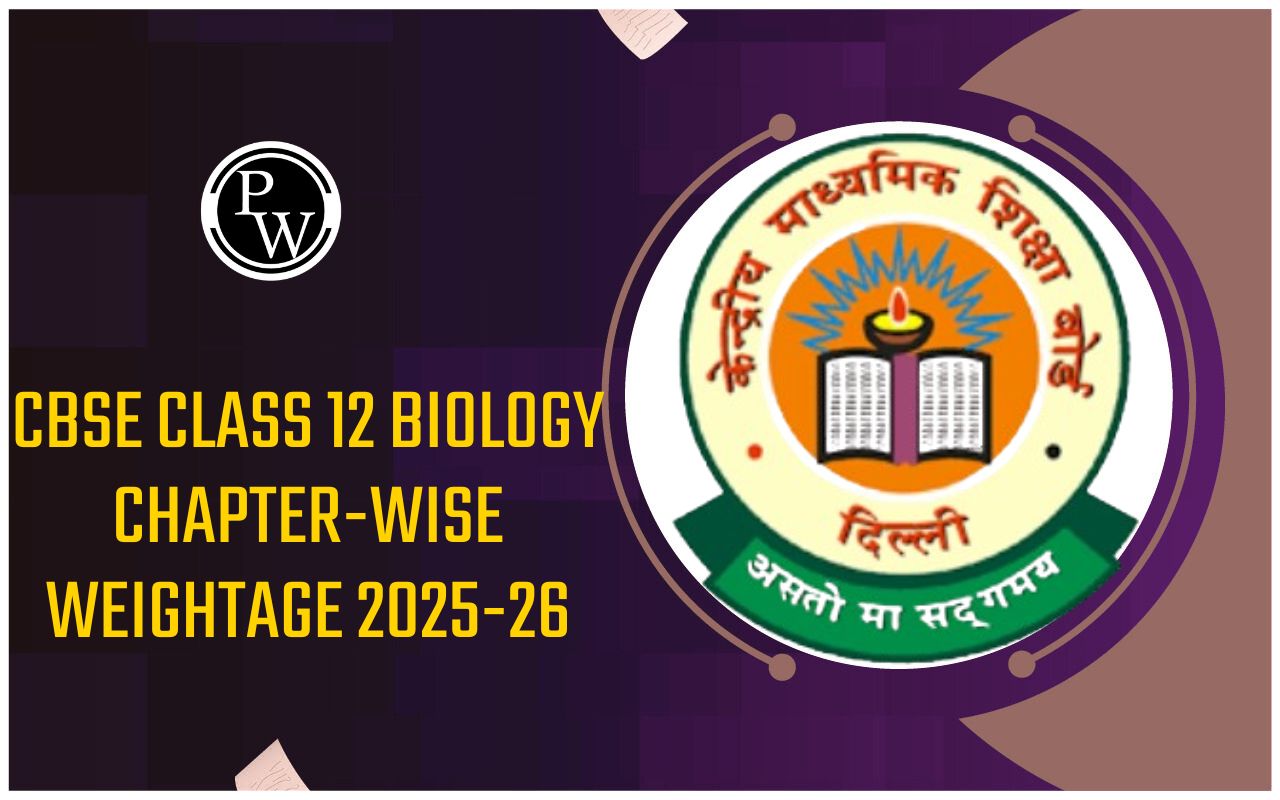
How to get 70/70 in Class 12th Geography? : To score 70/70 in Class 12th Geography, you need a well-structured study plan that focuses on thorough understanding, regular practice, and perfect presentation. Start by mastering the NCERT textbooks, Fundamentals of Human Geography and India: People and Economy, ensuring you cover all chapters with clear notes and flowcharts. Pay special attention to high-weightage topics like Human Geography, Population, Economic Activities, and International Trade. For practicals, prepare a neat, well-organized file with accurate diagrams, maps, and data representation.
Practice daily map work for India and the World, focusing on labeling and identifying key locations. When writing answers, maintain clarity with structured introductions, labeled diagrams, and well-organized points. Revise consistently, solve class 12th previous years’ papers, and attempt sample papers under timed conditions. During the exam, attempt map questions first, manage your time wisely, and review your answers before submission. With dedication, consistency, and smart planning, achieving a perfect score is absolutely possible.
How to Get 70/70 in Class 12th Geography?
Scoring a perfect 70/70 in Class 12th Geography requires smart preparation, consistent practice, and effective presentation. Here is a step-by-step guide to help you achieve your goal:
1. Understand the Exam Pattern & Syllabus
The Geography exam is divided into:
-
Theory (70 Marks): Divided into two books — Fundamentals of Human Geography and India: People and Economy.
-
Practical (30 Marks): Includes Data Processing, Map Work, Graphical Representation, and Viva.
2. Master Your Syllabus
-
Read NCERT Books Thoroughly: Focus on understanding concepts rather than rote learning.
-
Key Topics to Focus On:
-
Human Geography - Definitions, Nature, and Scope.
-
Population Distribution & Growth - Density, Composition, Factors influencing population distribution.
-
Economic Activities - Primary, Secondary, Tertiary, and Quaternary activities.
-
International Trade & Transport - Modes of transport, Trade policies, and WTO.
-
Planning & Sustainable Development - Various schemes and their significance.
3. Prepare Concise Notes & Flowcharts
-
Make topic-wise summaries for quick revision.
-
Use flowcharts, diagrams, and tables to simplify concepts.
-
Highlight important terms and definitions.
4. Map Work Preparation (5 Marks)
-
Locate deserts, seas, oceans, ecological hotspots, major airports, and seaports.
-
India Maps: Mark population density, crop-producing states, mineral resources, and transport routes.
-
Practice Daily: Keep maps neat and properly labeled for clarity.
5. Practicals & Viva Preparation (30 Marks)
-
Prepare Your Practical File Neatly:
-
Include accurate graphs, maps, and diagrams.
-
Ensure your file is well-organized with a proper index and clear presentation.
-
Understand Data Representation Techniques:
-
Bar graphs, Line graphs, Pie charts, Dot maps, Choropleth maps, and Isopleth maps.
-
Learn Basics of GIS (Geographical Information System):
-
Understand Raster & Vector Data Formats, and their applications.
-
Prepare for Viva:
-
Revise your practical file thoroughly.
-
Practice answering questions confidently.
6. Write Answers Effectively
-
Structured Writing: Start with a brief introduction, followed by explanation, diagrams, and a conclusion.
-
Diagrams & Maps: Always label diagrams and maps clearly.
-
Use Keywords & Technical Terms: This will help you score better.
-
Revise Your Answers: Leave some time to check for errors before submitting.
7. Revise & Practice Regularly
-
Solve Previous Year Papers: Understand the class 12th exam pattern and frequently asked questions.
-
Attempt Sample Papers: Complete them within the time limit to improve speed and accuracy.
-
Identify Weak Areas: Work on topics you find difficult and revise them frequently.
8. Effective Exam Day Strategy
-
Start with Map Work for confidence and accuracy.
-
Attempt Long Answer Questions next, as they require more time.
-
Manage your time well, ensuring you have enough time to revise.
-
Stay calm and focused during the exam.
CBSE Class 12 Physics Chapter Wise Weightage 2024-25 FAQs
What is the most effective way to study Geography for full marks?
How important is map work for scoring 70/70?
Is solving previous years papers important?
Can I score 70/70 with just NCERT books?










